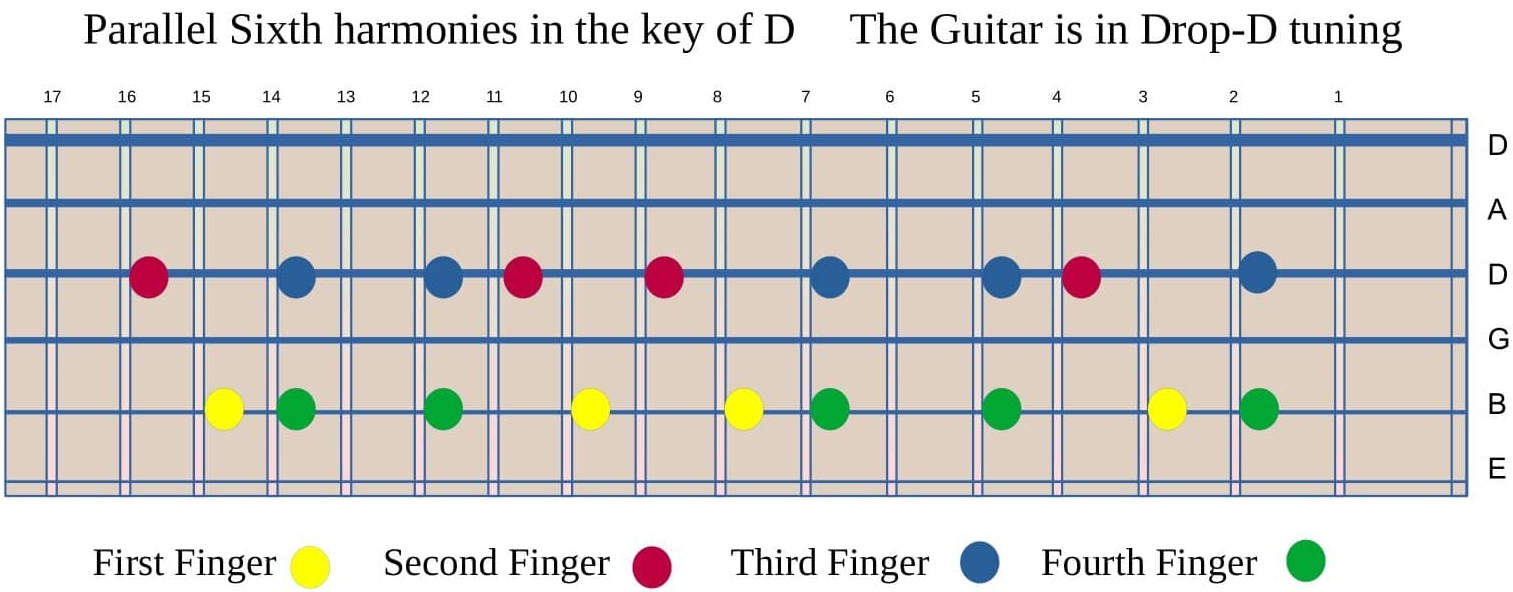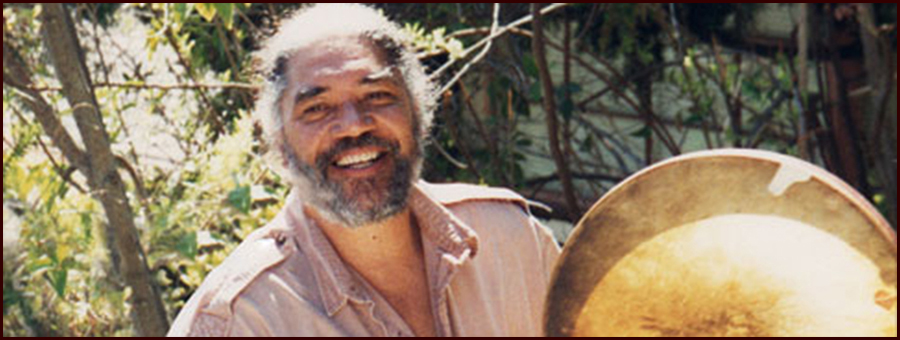Corrina A Traditional Twelve-Bar Country Blues
I went to school on Bruce Langhorne’s arrangement of this great old song. I was drawn to his use of parallel voices moving up and down the neck of the guitar. For a solo performer it’s a way of playing counter-melodies and an intriguing blues accompaniment to a traditional song with great bones. Learning this technique was a significant step in my process of developing a guitar style.
Bruce Langhorne was one of the most highly sought studio guitar players of the sixties. He was rooted in Greenwich Village, and helped the careers of many singer-songwriters of the folk era. You’ll hear him on albums of The Chad Mitchell Trio, Carolyn Hester, Odetta, Bob Dylan, Joan Baez, Richard & Mimi Fariña, Tom Rush, Buffy Sainte-Marie, Gordon Lightfoot, Ramblin’ Jack Elliot, Hugh Masekela, Lisa Kindred, Eric Andersen, Hoyt Axton, David Ackles, Mike Bloomfield, John B. Sebastian, and Bobby Neuwirth, among others.
Bruce was raised in Spanish Harlem, in New York City. He lost most of three fingers of his right hand as a child when lighting a homemade rocket. In an interview with Richie Unterberger he said; “Since I have fingers missing, some styles of guitar playing were forever unreachable for me. Since I couldn't develop technique to the point where I could just play the entire repertoire of guitar music, I had to develop a technique based on my own aesthetics.”
Bruce was also a very talented percussionist. He collected drums and percussion instruments from all over the world. He showed up in a recording session at Columbia with Bob Dylan with a large Turkish frame drum, like a giant tambourine with rattles in the frame, and Dylan dubbed him Mr. Tambourine Man.
He did music for many films and I especially remember his soundtrack for Peter Fonda’s movie, The Hired Hand, where the very sparse background created a sense of mystery. He also did music for Stay Hungry, Melvin and Howard and Night Warning. In 1992, he started a hot-sauce company in Venice, California called Brother Bru-Bru's African Hot Sauce. The sauces contain African spices and all-natural, organic ingredients.
When I showed up for my sessions with Vanguard Records Bruce was there. My producer, Maynard Solomon, had hired him to play. Maynard wasn’t quite sure what to do with me and felt he could rely on Bruce to make some good music out of anything I might have. Bruce had worked with so many of the Vanguard artists, and certainly deserved that respect.
Awkwardly, I had asked my friend and mentor Dick Rosmini to come to the studio to record with me and there was a moment of indecision about how to proceed, but then it was decided that both would play. The amazing thing is how well they each listened and blended with the ideas of the other. This was especially crucial since both guitars were recorded on the same track on the master tape.
For years the standard of high quality recordings was the two-track stereo format. Vanguard was among the first labels to purchase a tape machine which had a four-channel head allowing for the separation of parts so that each could be treated slightly differently in the final mix.
It had been decided that one channel would be left unrecorded in case we might want to add a famous voice or other overdub at a future time, but that meant that there were only three channels for all of us.
My voice got a track by itself, which meant that my guitar was relegated to the same track as the bass player, and that Rosmini and Langhorne had to share a track. Imagine not being able to re-balance two such wonderful guitarists while each is improvising an inspired accompaniment. They were both so gifted that they just made it work.
The song “Corrina” has been performed with two basic approaches over the years. The melody has some relationship with the tune “Lorena” which Cindy and I recorded on my Texas & Tennessee CD. That’s such a mournful tune that soldiers in the Civil War were forbidden to play it because it caused so many to be homesick and desert.
It was Mississippi John Hurt who popularized the alternating bass guitar approach to “Corrina” that gave rise to the swing versions. It was Bruce Langhorne who slowed it down with more of a triplet or shuffle pulse for his arrangement of the song for Bob Dylan’s second album.
I was drawn to Langhorne’s use of the parallel sixths harmony on the guitar. Sliding two fingers up and down the neck while keeping the relationship of the two notes true to the harmonic progression of the song seemed like a technique that I needed to understand. It turns out to be pretty straightforward.
On this chart you will see how the two parts move up the neck. Only two notes are played at a time, on the fourth and second strings. The low D on the sixth string can be played occasionally as a drone, and the A on the open fifth string as well. At times it will make sense to let the first string be played as the open E, or fretted as you develop your own parts. Even with just the two voices the effect is full and musical.

One way that I’ve described this approach is that there are times when two notes will fall on the same fret, across the neck of the guitar which I refer to as ‘straight’ and times when the two notes will be angled across the neck, these I call ‘angle.’ And so it’s just a matter of deciding if the next position up or down the neck will be a ‘straight’ or an ‘angle.' Your ear will tell you if you’ve made the right choice.
And here’s a video of my version of the song which I put up on YouTube in 2011. I tried to create a little more visual interest with some antique hand painted postcards. I recognize that there is some risk of being tagged with cultural appropriation, although the images seem to be from a distant past. The singing Eastern Phoebe is from a tree in our backyard.
Video by Steve
The song is available on our CD, Live in Concert.
Over the years the song has been interpreted by a variety of artists. Here’s a list of some of them.
Blind Lemon Jefferson recorded a version of "C.C. Rider" in 1926 entitled "Corrina Blues" which has similar language, but it seems that Bo Carter took the melody to the place we know it today.
If you see Corrina, tell her to hurry home I ain't had no true love since Corrina been gone
Here is Bo Carter’s version from the 1928 Brunswick recording.
Here’s Mississippi John Hurt with his solo version from the Library of Congress Recordings Volume 1.
Big Joe Turner had his biggest hit record with the song on Atlantic Records in 1956.
Most of us first heard the song on the pop charts of 1960 when Ray Peterson’s version was played in heavy rotation, as they say in the radio world. It’s a very slick and poppy arrangement, especially the background vocals, sounding pretty dated today. I was amazed to find that the record was produced by Phil Spector.
The melody and changes are true to earlier versions though there is a definite ‘Chalypso’ rhythmic scheme churning in the track. Chalypso was a fad that followed the Calypso hits of 1957 like “Day-Oh” and “Matilda” by Harry Belafonte - combined with Cha Cha. It quickly disappeared when Chubby Checker debuted “The Twist.”
Doc Watson and his father-in-law Gaither Carlton play a version similar to Hurt’s. Nice to hear Doc on the five-string banjo. They must have played this many times in sessions at home.
The Rising Sons, featuring Taj Mahal and Ry Cooder, recorded the song as "Corrina, Corrina" before breaking up in 1966. Later Joni Mitchell, Eric Clapton and Willie Nelson all recorded versions.
Wynton Marsalis and Eric Clapton invite Taj Mahal up for an encore at Lincoln Center and he sings a pretty traditional version of the song. It’s not a far cry from the groove of “Lay Down Sally.”
Taj Mahal and Keb Mo have a unique version of the song with a twist on the structure that is quite infectious. The interplay of rhythmic interpretation between the two of them is wonderful.
The New Orleans band Tuba Skinny has a more Dixieland approach to the song with familiar lyrics. This style of music is characterized by the interwoven countermelodies from clarinet, cornet and trombone. The banjo is a bright rhythmic pulse doubled on the guitar, while the washboard and the bass drum emphasize the back beat (the second and fourth quarter note of the measure).
Leo Kottke has such a masterful touch and he explores that parallel voicing that first drew me to Bruce Langhorne’s arrangement. Leo has some nice harmonic surprises when he gets to the third line of the verse. He solos on the familiar I vi(minor) I IV progression that we grew up with from the music from the fifties. He goes on to improvise in some territory of his own. It’s interesting to hear how he uses the traditional form as a starting point for his own exploration.
Garnet Rogers does a version of the song that keeps the triplet feel going, but at a faster tempo with a nice effect. He combines the slide with notes played with his fingers in an open G tuning. Also he uses the two notes of the IV chord, hammered on to the open second and fourth strings. Again the lyrics are familiar.
Stefan Grossman has a very helpful video on how to play the song pretty much in the style of Mississippi John Hurt’s arrangement and the Carolina Tarheels version. The alternating bass is similar to the Dixieland approach. There are some very good pointers on how to position the hands and how to derive the melody within the picking sequence.
Pete Townshend picked up the song pretty much where Bruce Langhorne left it. The lyrics are true to Dylan’s recording. The arrangement relies heavily on the I and IV riff.
Merle Haggard takes it up onto the concert stage with lots of band energy and strong solos. He adds a little wrinkle to the song structure, and that may harken back to Bob Wills’ arrangement. He even throws in a little of the Bob Wills patter. They both call it “Corrine, Corrina” with the ‘e’ on Corrine.
Bob Wills also added the extra quarter note here and there to make the verse a little ‘crooked’ like the French Canadian fiddle tunes.


